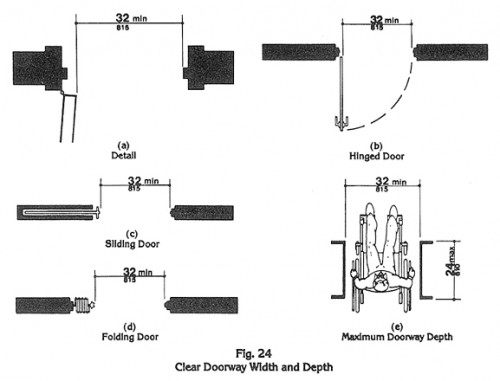Last month, I wrote a blog post about things you can’t fix with duct tape — specifically, post-tension tendon sheathing. A couple of my readers told me that I’d strayed dangerously close to heresy — so I thought I’d write a post about something post-tensioned you can fix with duct tape. Bear with me — there’s a good bit of background to cover.
Everybody has seen the joints that are tooled or cut into normal concrete when it’s cast — on sidewalks, driveways, basement slabs and warehouse floors, joints are omnipresent. This is because, as I’ve mentioned before, concrete doesn’t “dry”, it cures — but it dries as well. As water evaporates out of the slab, the slab shrinks . . . which, since the “dry” side is always up, can lead to both curling and cracking. The joints that are cut into green concrete (or tooled into plastic concrete) give the slab a place to relax.
Post-tension slabs don’t have those joints. Both cracking and curling are symptomatic of unbalanced tensile stresses in the concrete . . . and post-tensioning squeezes the slab together, smoothing out any tensile stresses under a heavy layer of precompression. In order to make sure that the slab doesn’t have time to crack, we specify that stressing shall occur as soon as possible after the concrete has reached a safe strength — and for slab-on-ground projects, where slab finish is under close scrutiny, we recommend stressing the tendons to 50% of the design force after 24 hours.
Unfortunately, sometimes it isn’t possible to stress the slab on that schedule. Cracks usually start to appear after the third day . . . but if the three-day concrete break is only 2,700 psi, it isn’t safe to stress the tendons. Jacks require regular maintenance — and sometimes they die halfway through the stressing operation. Sometimes, the third day is a Sunday. The slab starts to crack! What’s a fellow to do?
Break out the duct tape.
Bizarrely enough, the primary problem with stressing a post-tension slab behind schedule (aside from critical-path delays) is that, as the cracks open, normal construction traffic pushes debris into the openings. This debris then acts as a wedge, keeping the cracks from closing when the tendons are stressed. Duct tape prevents debris from entering, so when the slab is stressed, the cracks close.
EVstudio has a great deal of experience with construction under all conditions. We’ve seen the projects that need solutions that keep them moving — and we’re always here to help.








